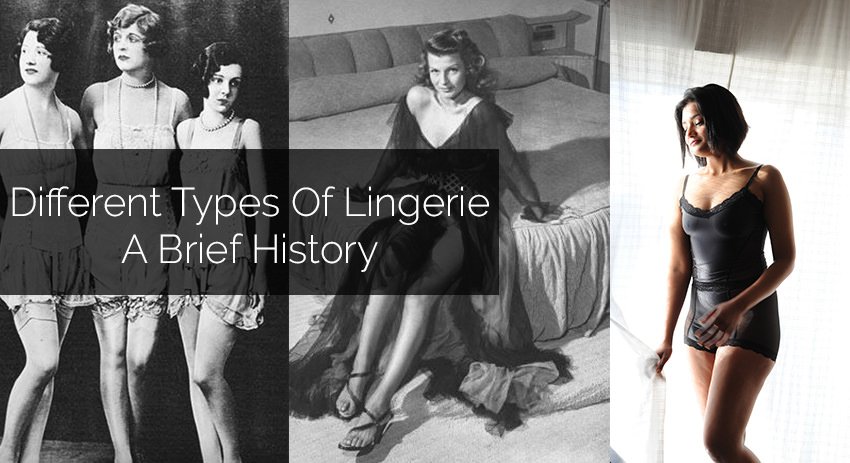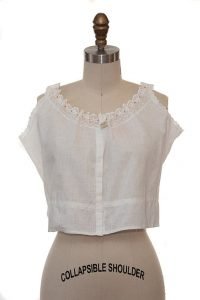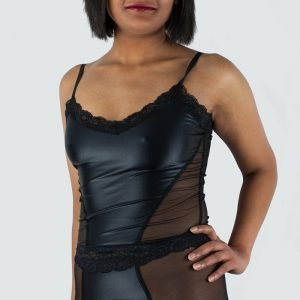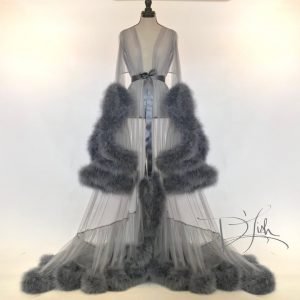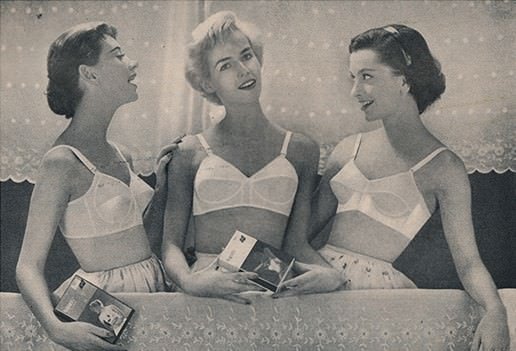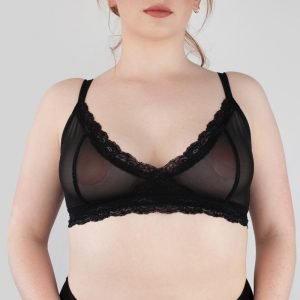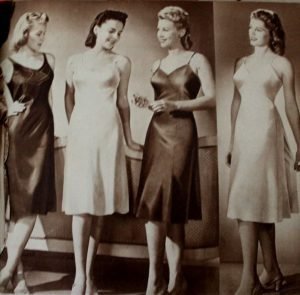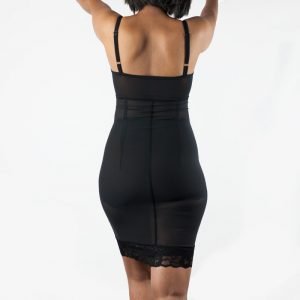What Is Lingerie?
Depending on the culture, lingerie is often perceived as a “sexual” piece of clothing. Although the literal definition of lingerie is “women’s underwear and nightclothes”. The idea of lingerie being an erotic garment has been emphasised through cultural influences, branding and icons over time. But as brands are adjusting their approach to design and marketing, lingerie is again being considered a garment of function and glamour.
Historically the word lingerie is derived from the French linge, or linen, making direct reference to the material from which underwear was traditionally made. Now lingerie is made from a range of fabrics, the most desirable of which is silk.
Camisoles / Cami Tops
A camisole or cami top is a ladies vest that is loose or tight around the upper body, held up by shoulder straps. Available in a range of fabrics and designs, they are often part of a set.
Camisoles were created during the Victorian period, as women who wore corsets needed an undergarment that hid the corset better than a chemise. As chemises were too long and bulky, camisoles were shorter and lighter so they kept the illusion of being thin.
As corsets faded out of fashion, camisoles transitioned from strictly an undergarment to an outer garment as well.
Today cami tops can be worn under a dress or blouse, as a set or for sleeping depending on the material. A cami top should allow freedom of movement for the wearer. Some women wear camisoles as evening tops or under a suit jacket.
Briefs/Knickers
Knickers or briefs are short, close-fitting bottoms. They come in many variations from thongs, high-waisted, full, high legs, bikini’s, shorts & French knickers. Each available in a variety of fabrics.
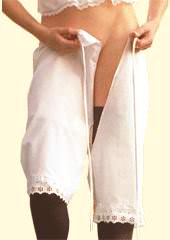
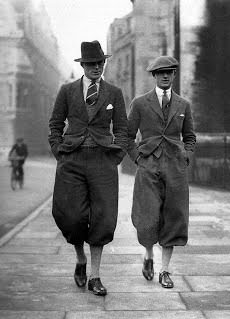
Women didn’t begin wearing knickers until the 19th century, even then most women couldn’t afford them. The term originates from “knickerbockers”, which were a form of men’s loose sports trousers. We say a “pair” of knickers because knickers originally consisted of two separate legs joined at the waist, that would be tied. Traditionally they were very plain, often white in colour, but in the late 19th century, knickers were made in different colours and with bands of lace.
By the 20th century closed knickers began to replace open knickers. They came down to below the knee, becoming shorter in the 1920’s. Thongs became popular in Britain in the 1990s. At the beginning of the 21st century boy shorts became popular.
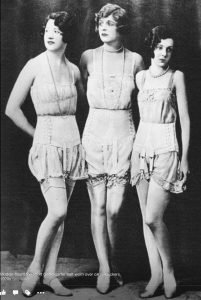
Negligee
A negligee is a delicate nightwear garment. Often full length and made of sheer fabrics.
Introduced in France in the 18th century, where it mimicked the heavy head-to-toe style of women’s day dresses of the time. By the 1920’s the negligee was more of an evening gown. It wasn’t until after the second world war that a negligee emerged as a sensual garment. Icons of the time such as Rita Hayworth popularised the garment, furthering it’s evolving nature as a piece of lingerie.
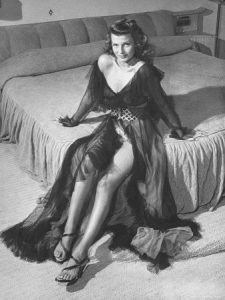
Today a negligee is more often smaller/shorter and has become more erotic than it was in the 40’s. Although boudoir designers such as Catherine D’lish still design more traditional negligee’s.
Bralettes
Compared to a bra, bralettes are often comfier, made without wiring or padding. Whilst a bra provides more support and more padding. A bralette is a perfect example of lingerie meeting function.
Although elements of the modern day bralette can be traced back to the 1920’s, it isn’t until recent times that bralettes have become hugely popular. They were often considered a bra for younger generations like teenagers.
Today bralettes are becoming more popular across all ages as women opt for clothing that makes them feel comfortable.
Slips
A slip is a piece of lingerie worn beneath a dress or a skirt. It can either be a full slip, that hangs from the shoulders, or a half slip. They are versatile but mainly help a dress or skirt hang correctly from the body.
In the 1940’s slips were traditionally made of rayon like many other garments of this period, it was the only fabric available during the war. As they evolved they become available in a variety of colours and fabrics.
Teddy’s
Teddy’s come in a variety of styles from a bareback teddy, body briefer teddy’s & more. A teddy is one piece garment combines the function of a camisole and knickers., and can be called a camiknicker. Similar to a bodysuit, it is usually looser and made from sheer fabrics.
Teddy’s came from a one piece garment in the 1910’s called a camiknickers. Camiknickers came in to fashion as women wore them under shorter dresses in the 1920’s. By the late 40’s the garment lost it’s popularity, and it wasn’t until the 60’s that the teddy re-emerged, becoming more popular in the 80’s and 90’s. It was usually made of spandex, and made from brighter colours.

Garters
A garter is a band worn around the leg to hold a stocking or sock up.
The garter dates back to the 14th century France. It was customary during weddings that parts of a bride’s dress were given to attendees of the wedding as it was believed to give good luck. As tearing up the bride’s dress became less popular for the brides, a garter was something easier to give away without sacrificing the entire wedding dress. So the tradition evolved that the husband would remove the garter and throw it to the male onlookers, and the bride would throw her bouquet.
As garters evolved, traditions and customs changed according to the time period, involving garters. But their function remains mostly to hold up stockings.
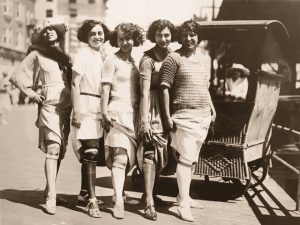
To Conclude
Hopefully this helps to understand some of the differences between lingerie garments. The history provided is meant only as a brief supplement and is by no means comprehensive. Upon researching for this post, it was interesting how many of the garments can be traced back to France. And that it wasn’t until after the second world war that lingerie began to change drastically, with more fabrics available and more creative license. As more women were employed, they had their own income, which forced the industry to change and adapt to women’s wants.
A whole post could be written on each garment, and there are some that aren’t included. If you found this interesting or helpful, leave a comment and share!
References:
(click the article name to be taken to the original article)
The History of Camisoles – Shellie Slade
A History of Knickers – Tim Lambert
1920’s Lingerie History – Debbie Sessions
History of Garters – Mike Fowler
A Short History of Bralettes – Emily Lagan
Negligee – Wikipedia

